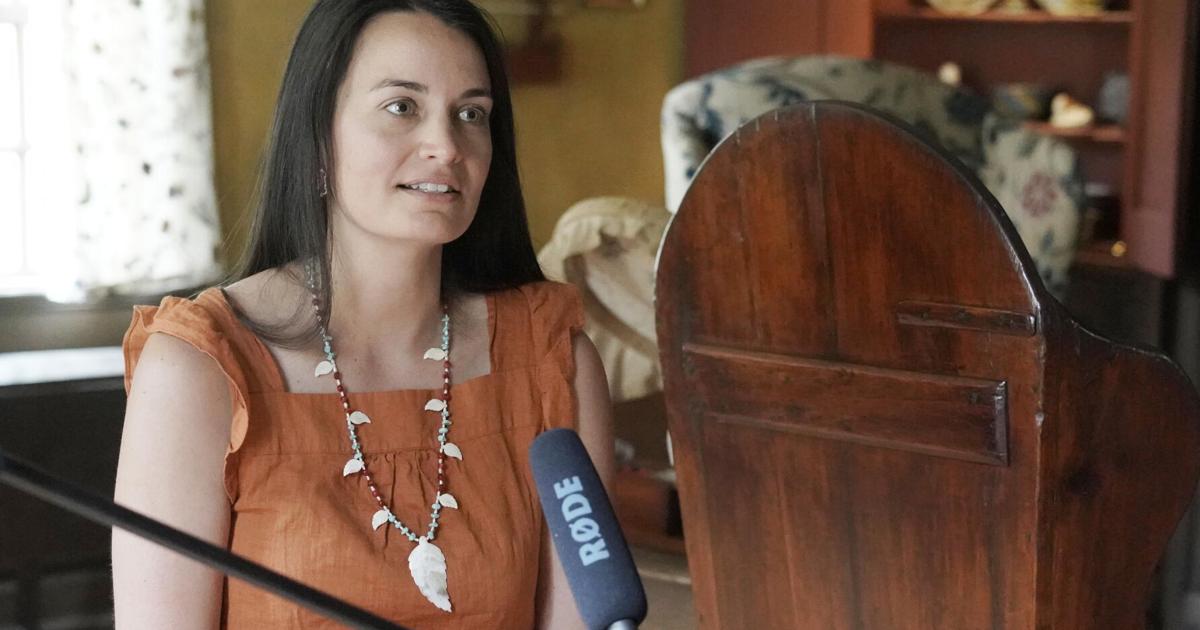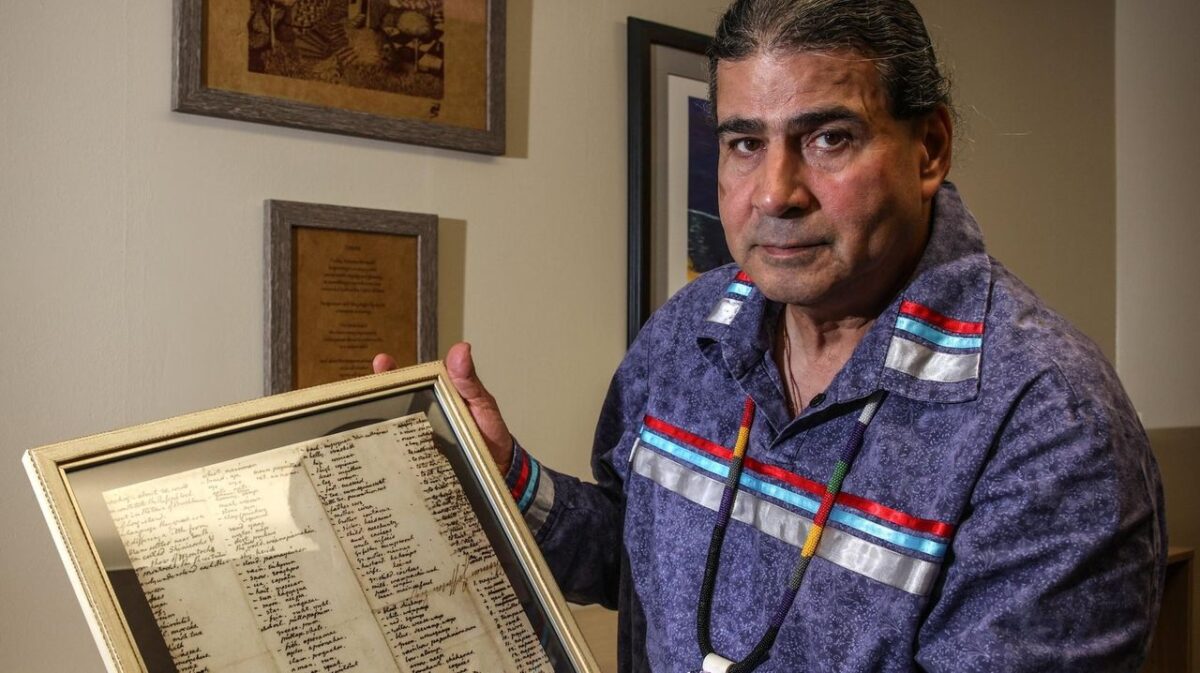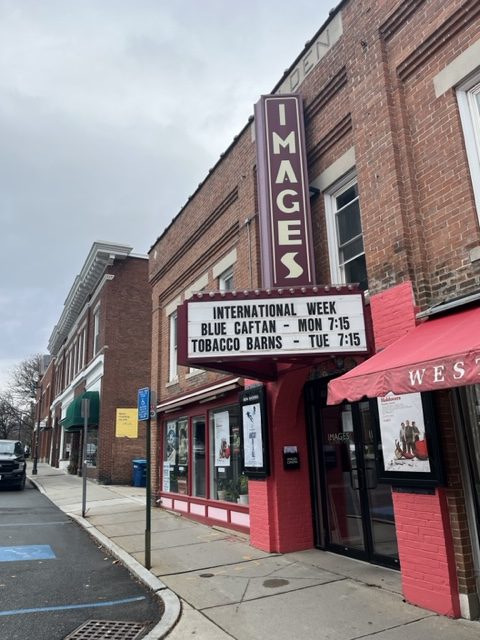PITTSFIELD — The remains were found in the late 19th century.
A tag indicated they were recovered at a river washout in “Springfield/Longmeadow,” and a forensic exam conducted by the University of Massachusetts in 1995 found they likely belonged to an adult and an adolescent.
The location suggests they could belong to any of a few different Native American tribes. They were donated to the Berkshire Athenaeum and went into the Berkshire Museum’s collection when the entities separated in 1932.
Now, nearly a century later, the museum has granted custody of the two sets of remains to the Stockbridge-Munsee Community Band of Mohican Indians.
“Because we have standing, and it is part of our history in that area and we have kinship ties,” said Bonney Hartley, who is the tribal historic preservation officer for the tribe. “We are trying to step in and respectfully care for the ancestors and provide a dignified reburial for them, so they don’t remain on shelves at the museum and disturbed in their journey.”
Artifacts, all of which have been repatriated to the Stockbridge-Munsee Community Band of Mohicans, are on display as part of a public exhibit at the Mission House in Stockbridge.
EAGLE FILE PHOTO
The repatriation was part of a larger process that began in 1990 when a landmark federal law, the Native American Graves Protection and Repatriation Act, ordered America’s museums and universities to return Native American cultural objects, including the remains of ancestors removed from their burial locations.
The long, slow process continues today, with the cataloging of thousands of items to find their rightful home, happening largely out of the spotlight.
“It’s more pervasive than most people are aware of, and not publicized because of the sensitives involved,” said Hartley, who works from the Stockbridge-Munsee office in Williamstown. “We…






 John White’s watercolor painting of a group of Carolina Algonquian fishing.
John White’s watercolor painting of a group of Carolina Algonquian fishing. 

